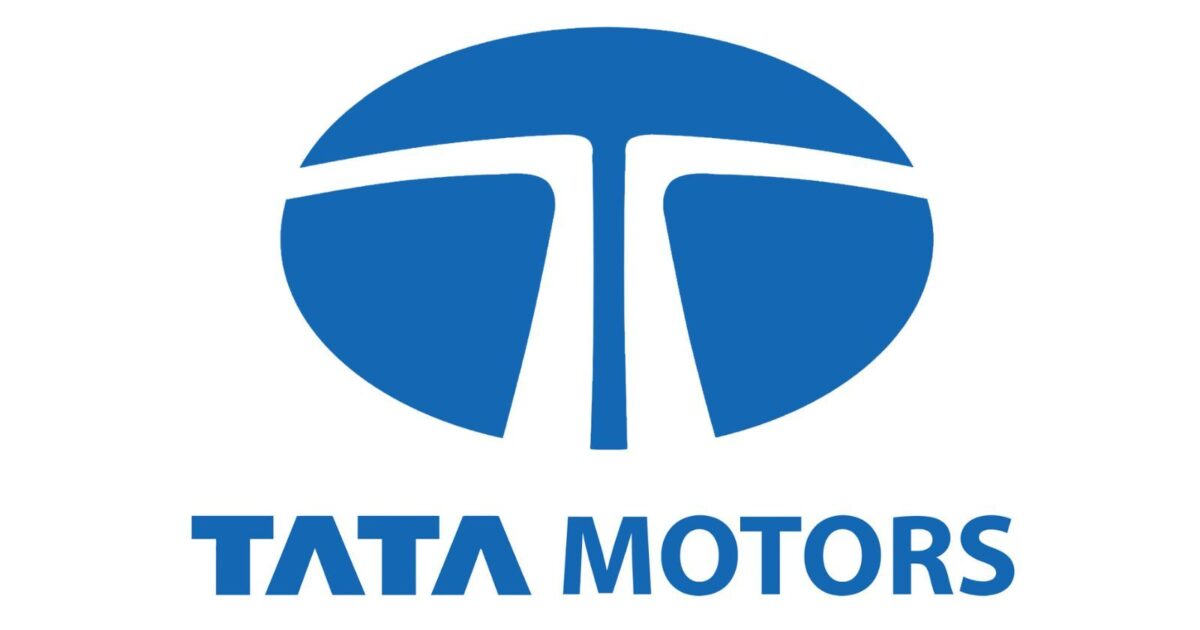Every investor dreams of that one multibagger stock — the kind that quietly turns ₹1 lakh into ₹50 lakh. For some, this dream has already come true. A few under-the-radar small caps have transformed into serious wealth creators over the past few years.
These companies didn’t rise on hype. Their core businesses evolved, earnings took off, and investors who stayed the course — without trying to time the market — saw phenomenal gains. But now that these stocks have already delivered 50x returns, a key question arises: Is there any upside left? Or is the best behind us?
Let’s dive into three such standout names.
#1 Bombay Stock Exchange (BSE): A Classic With a New Growth Engine
Asia’s oldest stock exchange, operating since 1875, BSE is also the world’s fastest, clocking trades at 6 microseconds. It provides trading services across equities, debt, currencies, derivatives, and mutual funds.
One of its standout platforms, BSE StAR MF, is now India’s largest online mutual fund distribution platform. It processes 2.7 million transactions per month and adds nearly 200,000 new SIPs monthly.
Explosive FY25 Performance
BSE’s performance in FY25 was driven by strong operating leverage:
- Revenue doubled to ₹32 billion (vs ₹15.9 billion in FY24)
- Net profit surged 71% to ₹13.2 billion
- Operating margins expanded from 28% to 51%
Derivatives Boom: A Game-Changer
Derivatives now make up 44% of BSE’s total revenue — ₹14.2 billion, up from just ₹1.8 billion a year ago. A spike in average daily premium turnover (₹71.6 billion → ₹118 billion) offset a decline in notional turnover, thanks to favorable regulatory shifts.
Equity transaction charges also contributed ₹3 billion, while total transaction charges nearly tripled to ₹20.3 billion.
Other Growth Drivers
- Mutual fund segment revenue: ↑80% to ₹2.3 billion
- Corporate services (listing & compliance fees): ↑40% to ₹4.9 billion
- Plans to launch 40 new indices in FY26 to capitalize on passive investing
- Improved infrastructure: 100 new server racks for increased trading activity
Valuation Watch
BSE currently trades at 89x P/E, far above its 10-year average of 29x. While structural tailwinds (derivatives growth, increased participation) remain, the valuation suggests a lot of optimism is already priced in.
#2 Elecon Engineering: Quietly Gearing Up for Global Growth
Elecon Engineering, one of Asia’s largest industrial gear makers, holds a commanding 38–40% share of India’s gear market. It also has a strong presence in material handling equipment (MHE) and is known for its high-tech engineering — supplying marine gears to the Indian Navy is a case in point.
Strong FY25 Financials
- Revenue: ₹22.3 billion, up 15%
- EBITDA: ₹5.4 billion; margins at 24.4%
- Net profit: ₹4.2 billion, up 17%
- Gear division: 79% of revenue
- MHE division: 21%, with a sharp 73% YoY growth
Global Playbook and Sectoral Tailwinds
- Domestic revenue: 77%; International: 23%
- Target: Increase international share to 50% by FY30
- Strong demand across sectors like steel, cement, and power
- Open order book stands at ₹9.5 billion (+20% YoY)
- Order intake grew 19% to ₹24 billion in FY25
Valuation Perspective
At 37x P/E, Elecon trades above its 10-year average of 21x. The stock is expensive, but structural growth — especially from global markets and infrastructure investments — provides a compelling long-term story.
#3 BLS International: Riding the Travel and Digital Boom
Founded in 1983, BLS International is a leading provider of visa, passport, and consular services, operating in over 70 countries. It manages non-judicial tasks for visa processing — from submission to approval.
FY25 Snapshot
- Revenue: ₹21.9 billion, up 31%
- EBITDA: ₹6.3 billion, up 82%; margin expanded to 20.6%
- Net profit: ₹5.4 billion, up 66%
- Net cash position: ₹9.3 billion
Business Breakdown
- Visa and consular services: 75% of revenue
- Applications rose 31% to 3.7 million
- Revenue per application increased 35% to ₹2,903
- EBITDA margin: 34.5%
- Digital services: 25% of revenue
- Revenue up 71%
- Margin pressure due to higher operational costs
What’s Ahead?
- Active acquisition strategy (₹10 billion deployed in FY25)
- Strong revenue visibility from upcoming $1–2 billion government contracts
- Proxy play on rising global travel demand, higher disposable incomes, and easing visa regulations (e.g., ASEAN visa reforms)
Valuation Check
BLS trades at 30x P/E, broadly in line with its historical average of 32x. Compared to BSE and Elecon, BLS offers relatively reasonable valuation with solid growth visibility.
Final Thoughts: Should You Buy Now?
Over the past five years, BSE, Elecon, and BLS International have delivered massive shareholder returns. Each benefited from structural tailwinds:
- BSE rode the derivatives boom and platform scale
- Elecon capitalized on infrastructure momentum and global demand
- BLS gained from rising visa volumes and digital transformation
However, valuations now matter more than ever:
- BSE is richly valued — pricing in a lot of its future growth
- Elecon looks expensive, but global expansion offers upside
- BLS appears fairly priced, with consistent earnings momentum and a strong balance sheet
If you’re looking for long-term compounders, understanding the growth runway versus current valuations is key. The dream of 50x returns may be behind us for now, but solid businesses still have the potential to deliver strong, sustainable gains — if you enter at the right price.
Eqwires Research Analyst
Top-notch SEBI registered research analyst
Best SEBI registered Intraday tips provider
info@eqwires.com
Telegram | Facebook | Instagram
Call: +91 9624421555 / +91 9624461555
www.eqwires.com





